Employee Health and Safety Involvement
Communicating with your Workforce
Part of a recognised safety management system or SMS, such as HSG65 or ISO 18001 is the requirement that companies strive for ‘continual improvement’. On the face of it this seems like an unquestionable positive, but its pursuit is not without pitfalls.
These are intended to be productive exercises aimed at improving systems and safety. Unfortunately some companies tend to forgo the bigger picture and feel it means that they should embrace new safety features as and when they become available, expecting workers to jump on board and embrace the changes with equal enthusiasm.
Being realistic, it’s not hard to see that employee behaviour does not work in this fashion. New safety measures enforced without warning are likely to disrupt job habits, creating friction between staff and management. Considerate implementation of such management systems can be the difference between successfully achieving their objectives or the complete opposite of the intended effect.
Consultation on Procedures
When considering introduction of new safety procedures it is important to consult the employees who will be affected, to see if the feature will interfere with the job at hand and assess whether it may introduce additional hazards or risks. Talking about ‘consultation’ is all well and good, but it’s a very broad term which can consist of little more than advising employees that a new procedure is being adopted or as wide as involving them in designing new system.
Unfortunately, companies striving to attain and retain a quality mark can often adopt a blinkered view and forget basic principles of communication and involvement of the workforce. Consultation becomes another box that is ticked and management can lose sight of how this type of ineffective communication can lead to employee dissatisfaction, low morale and a general disinclination to support management decisions.
Over time this can lead to staff feeling demoralised, lacking pride in their work, bad mouthing of the company outside of work and ultimately undermining the organisation’s public image. This will inevitably have an impact on productivity, work quality and profitability.
Know the Risks, Maintain Engagement
My advice to senior management teams is that in the desire to ‘continually improve’, make sure that the procedures and tools you use to achieve this do not over time become a detriment to the organisation and a risk in themselves. Part of the continual improvement should be profiling any such risks and ensuring that time and effort is devoted to any changes and should include full engagement of all staff that are involved.
Following a plan for the sake of it, even as it becomes evidently obtuse and counterproductive at an employee level does no one any favours. It may often be challenging, but taking an adaptive approach that functions on both an organisation and employee level is a necessity. Furthermore; it is better to spend more time planning and making sure improvements are long term and not just a quick fix, rather than bear the long-term cost of knee jerk reactions and fast decisions.
Employees are the bread and butter of the organisation and as such their support is crucial to ensuring profitability.
Victoria Hughes
SHEilds Ltd

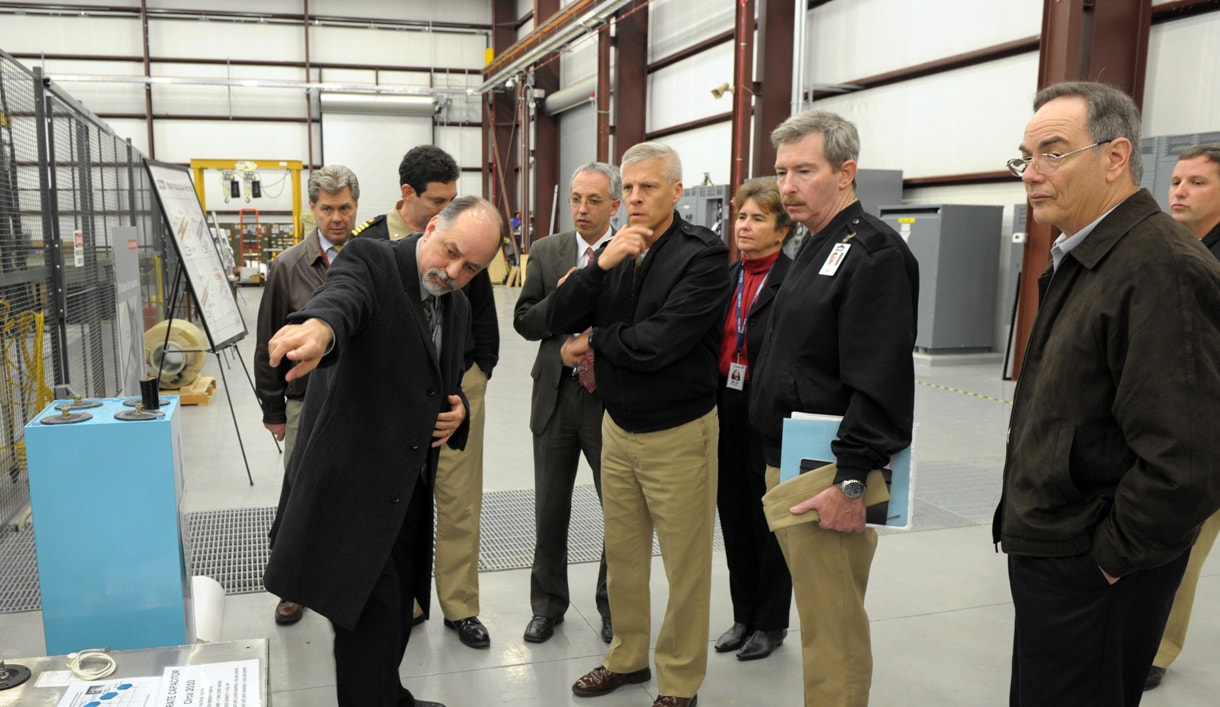

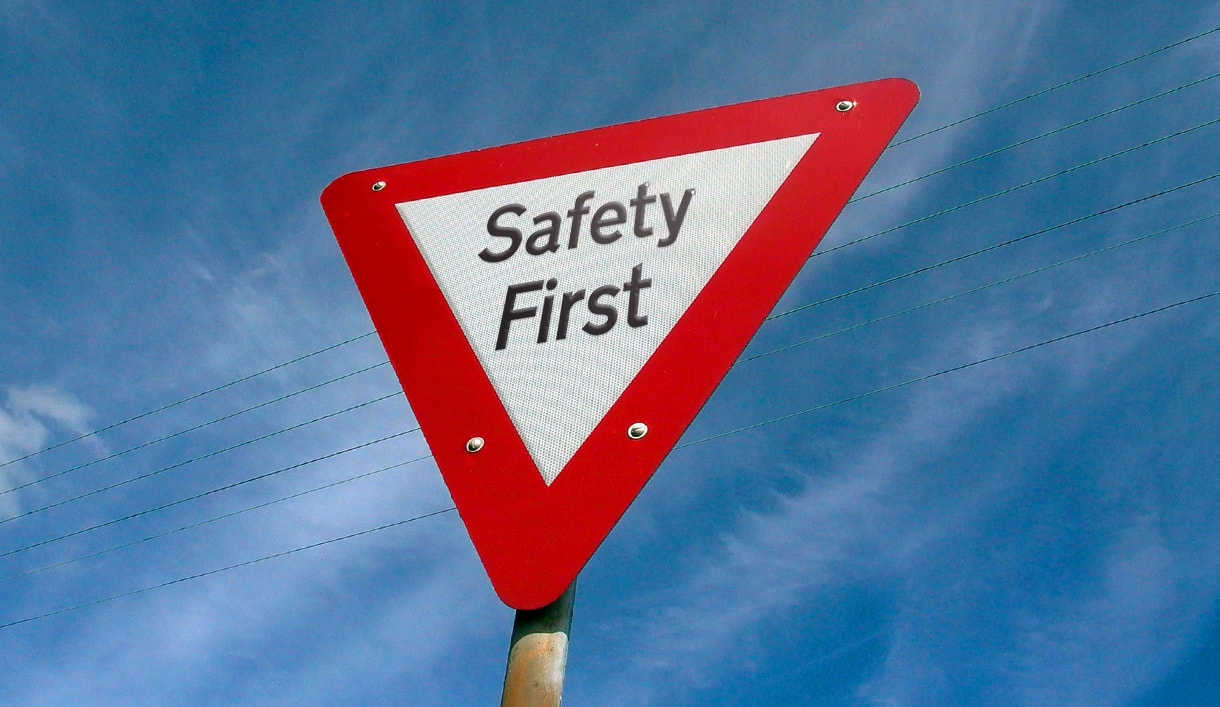
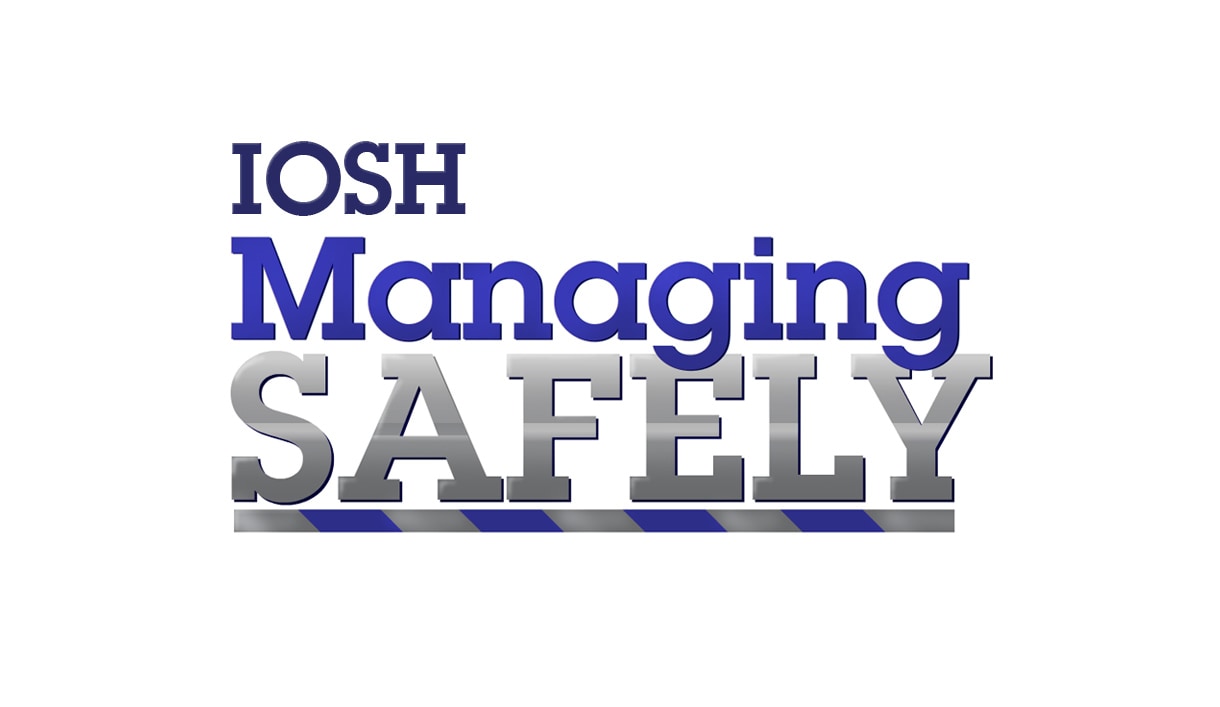
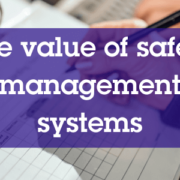
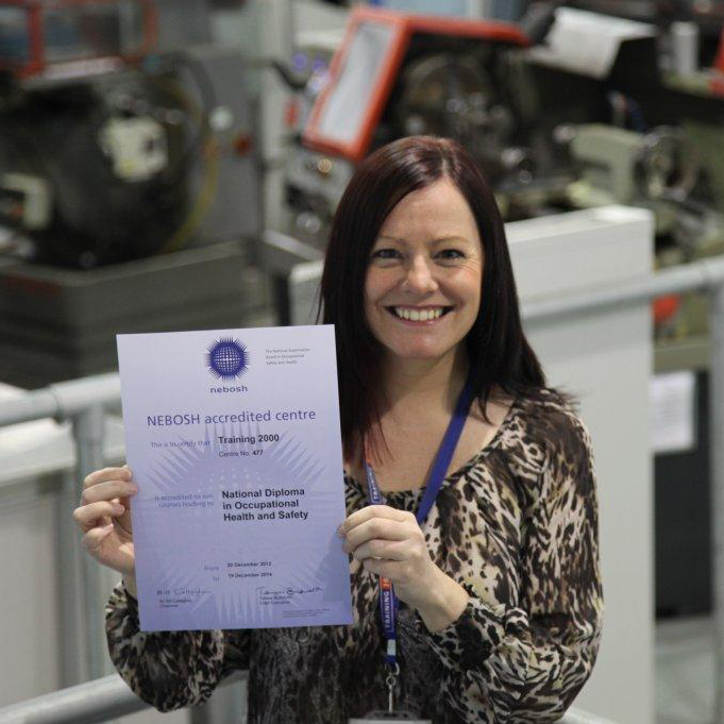
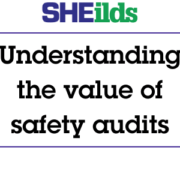
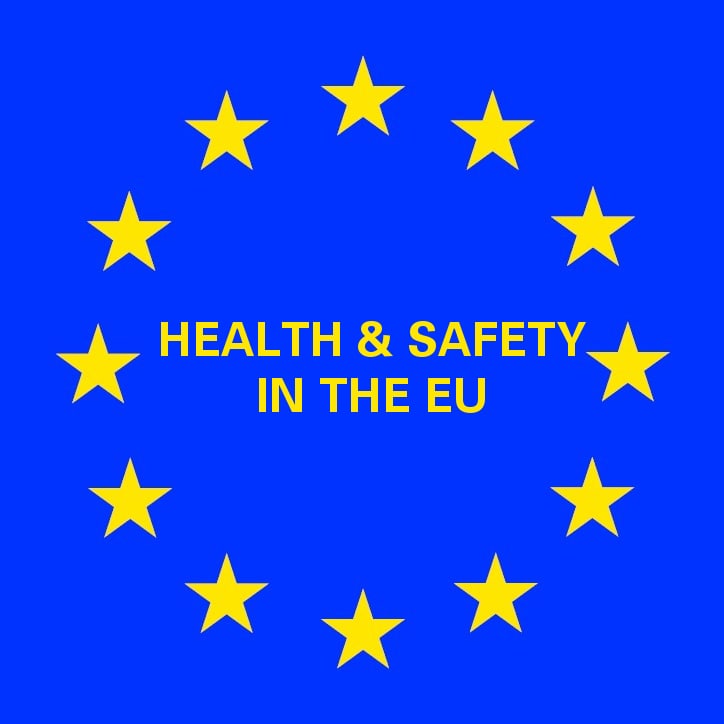
Leave a Reply
Want to join the discussion?Feel free to contribute!